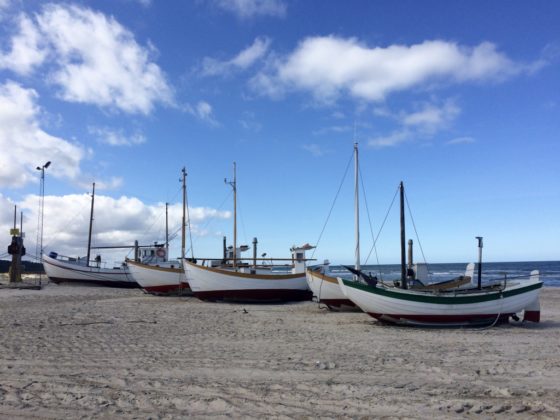
FishSec welcomes the European Parliament’s fisheries committee (PECH) vote on 23 September, that rejected the Commission’s proposal to remove safeguards for fish populations under a number of fisheries management plans (MAPs). The proposal was met with strong opposition from environmental NGOs, emphasising the need to fully implement the fish stock safeguards in order to protect vulnerable fish populations as upcoming negotiations on EU fishing limits approach.
In support of fish stock recovery and sustainable fisheries, the European Parliament’s Committee on Fisheries (PECH) voted on the 23d of September to reject the European Commission’s proposal to remove essential safeguards for fish populations under management plans for the Baltic Sea, North Sea, and Western Waters of the EU (COM(2023)771).
The proposal, initially tabled in December 2023, sought to amend the three Multi-Annual Plans (MAPs), which serve as the primary frameworks for setting fishing limits and ensuring stock recovery in these regions. The only amendment proposed by the Commission was to simply remove safeguards for preventing fish stock collapse, which require fishing opportunities to be set in such a way that there is less than a 5% probability of stocks falling below critical biomass levels.
The proposal was fully endorsed by the Fisheries Council already in December 2023, but a demand for urgent procedure was rejected by the European Parliament on the 16 th of January 2024, leaving this as “unfinished business” for after the European elections. At today’s vote the PECH Committee had to vote on whether to resume reopening this file. The PECH Committee’s vote ended in a tie, with 13 in favour and 13 against. As a positive majority was needed in order to proceed with the file, the Parliament effectively rejected the Commission’s proposal.
In a coordinated effort, NGOs have actively advocated for the rejection of the Commission’s proposal, alerting Members of the European Parliament (MEPs) to the potential risks it posed to the long-term sustainability of EU fisheries. Concerns were also raised regarding the Commission’s failure to conduct an impact assessment, which hindered a thorough evaluation of the proposal’s possible consequences.
FishSec welcomes the Committee’s decision. As a result of the vote, the Commission and the Council cannot proceed with weakening important fish stock safeguards in the multi-annual plans, as this legislative change needs approval from the European Parliament. However, it remains to be seen if the Council will, during upcoming negotiations on EU fishing limits, once again disregard the safeguard provisions in the MAPs, as was the case in the Baltic last year.
At last year’s October Council meeting, EU Ministers ignored the safeguard provisions when setting the quota for central Baltic herring which is covered by the Baltic MAP, drawing criticism from FishSec and other NGOs. The Council’s decision to bypass the safeguard rules for central herring under the Baltic MAP, prompted Coalition Clean Baltic (CCB) to submit an application to the General Court of the European Union (GCEU) to invalidate the 2024 fishing quotas for Baltic herring. The case highlights the ongoing challenges in ensuring that EU fishing limits align with scientific advice and legal frameworks designed to protect vulnerable fish stocks.
EU Fisheries Ministers will meet on 21-22 October this year to set fishing limits for 2025 in the Baltic Sea, and again in December to determine next year’s fishing limits for the Northeast Atlantic, North Sea and other waters. As the upcoming Council negotiations approach, FishSec and other environmental organisations will continue to advocate for the enforcement of these important stock safeguards, especially for the fragile forage fish stocks that play a critical ecological role in the Baltic Sea ecosystem.